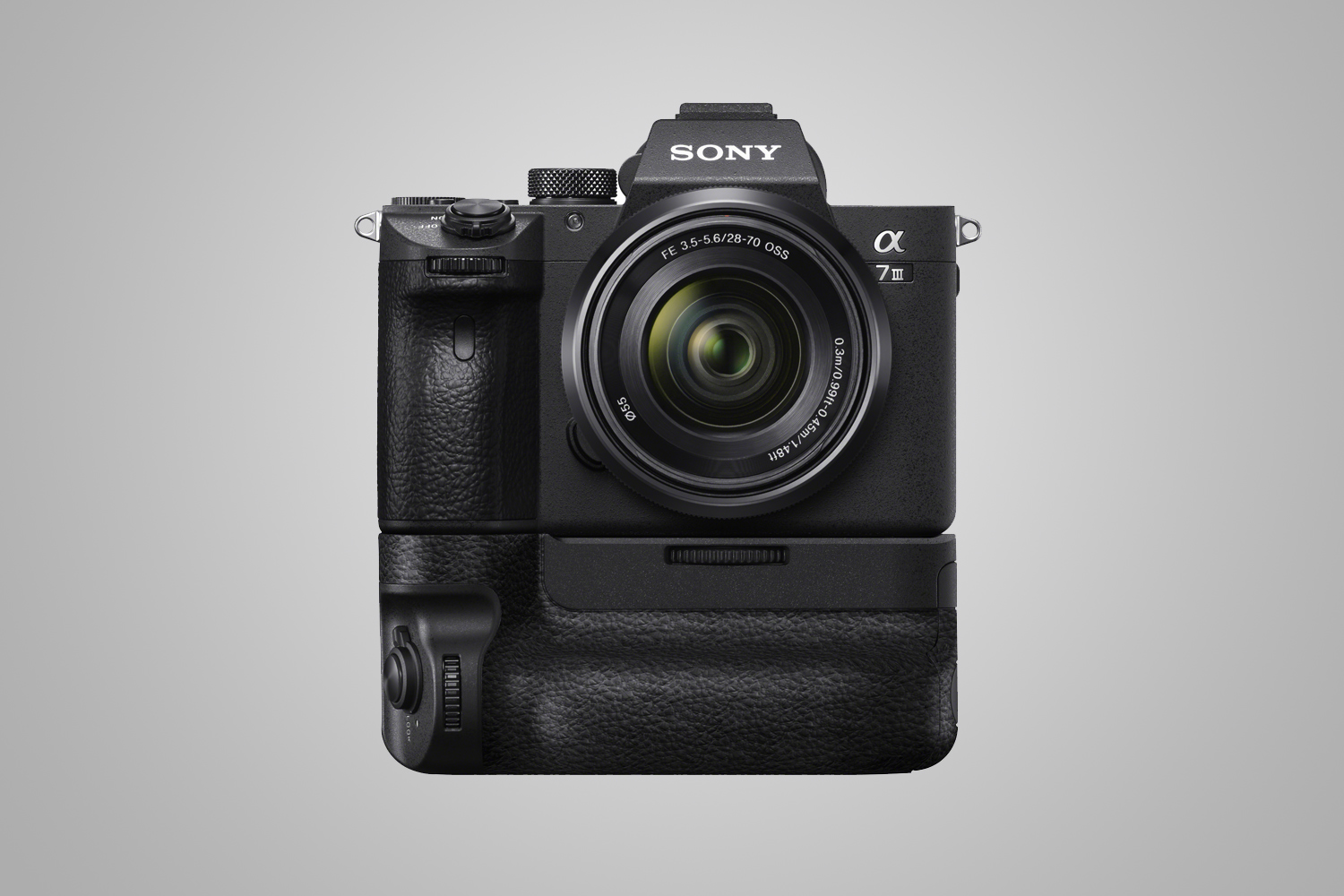Calling it a redefinition of “the basic model,” Sony unveiled the A7 III on February 26. The $2,000 camera is the new entry-level full-frame model in Sony’s mirrorless lineup, and features a newly developed 24-megapixel, backside-illuminated (BSI) sensor which promises improved noise levels and dynamic range. It also boasts 4K video, 10-frames-per-second burst shooting, and the same autofocus system from the $4,500 Sony A9.
“For a long time, ‘basic’ has meant less innovation, less added value,” Sony’s Kenji Tanaka, general manager of the digital imaging business, said during the unveiling. “This is the new basic for full-frame cameras. We are changing another game in the industry.”
Indeed, the A7 III looks to offer much more than comparably priced cameras from the likes of Canon and Nikon. Even if the 24MP resolution remains unchanged, the new sensor should produce noticeably better images than its predecessor. Sony claims up to 15 stops of dynamic range when shooting in 14-bit RAW mode, and 1.5 stops of improved noise performance, good for a new maximum expanded ISO setting of 204,800.
Like its big sibling, the A7R III, the third generation of the basic A7 has received a much needed speed boost, doubling the continuous shooting rate over the II to 10 frames per second. At that speed, it can shoot 177 JPEGs before the buffer fills. Sony did not immediately state a buffer capacity for RAW files, but expect it to be much lower. The camera does support dual UHS-II SD cards, so faster memory cards will help keep that buffer clear.
In order to keep up with that speed, the A7 III receives the 693-point autofocus system from the A9. It cover over 90 percent of the frame, offers significantly improved subject tracking, and includes Eye AF for automatically locking on to a subject’s eyes.
Video shooters also have much to look forward to. 4K video is recorded from an oversampled 6K frame, which covers the entire width of the sensor and doesn’t use pixel binning. This should equate to very sharp footage. Sony advertises 14 stops of dynamic range in video mode when using S-Log2 or S-Log3 profiles. The camera will also have Hybrid Log Gamma (HLG) built-in, simplifying postproduction for outputting to both standard and high dynamic range formats. Additionally, 5-axis in-body image stabilization returns, offering 5 stops of shake reduction.
But perhaps the most impressive innovation comes in the form of something much simpler: Battery life. Since their dawning, mirrorless cameras have suffered from inferior battery life compared to their DSLR counterparts, a result of using live view displays. Sony’s engineers may have crossed over into wizard territory with the A7 III, though: It boasts a CIPA-rated battery life of 710 exposures per charge, roughly twice that of the A7 II.
While Sony remarked about creating a “world where more people can enjoy full-frame mirrorless,” the A7 III will still come in at $2,000 — still the cheapest current-generation full-frame camera in the company’s lineup, but not exactly inexpensive. It will begin shipping in April.







